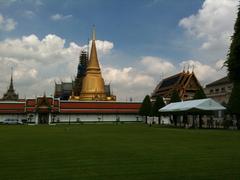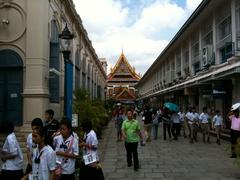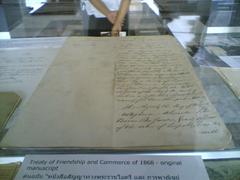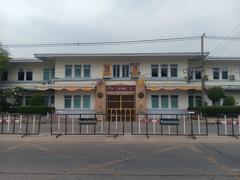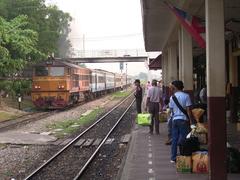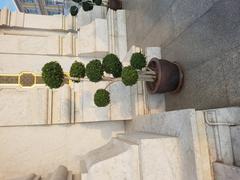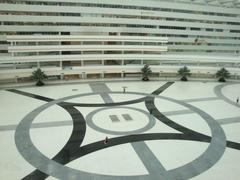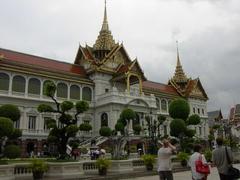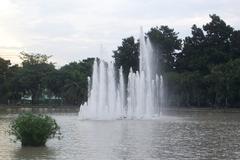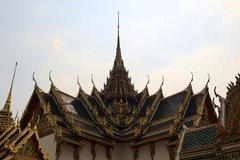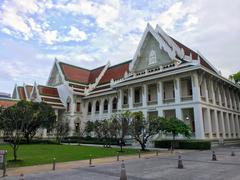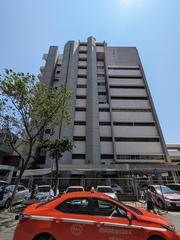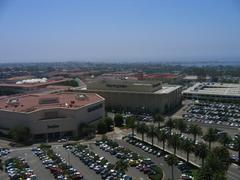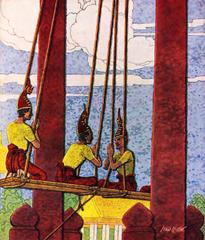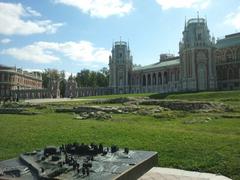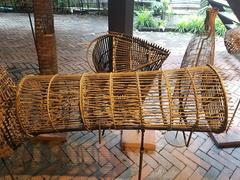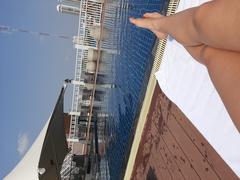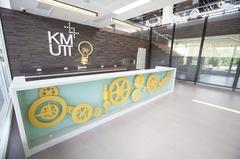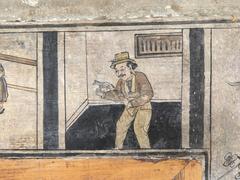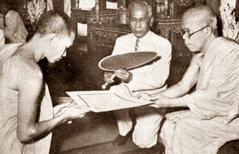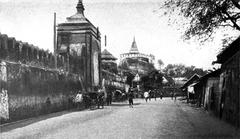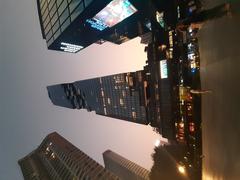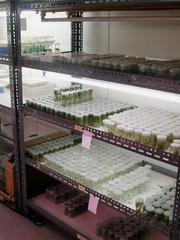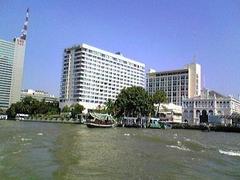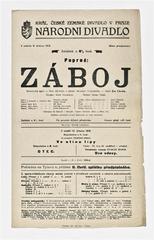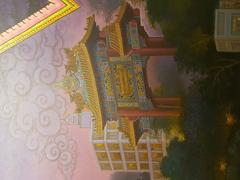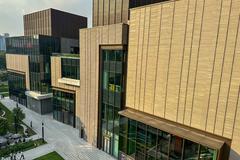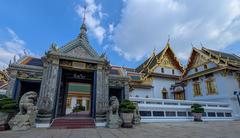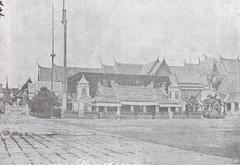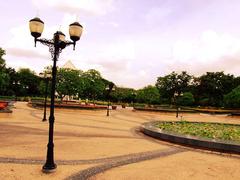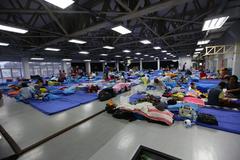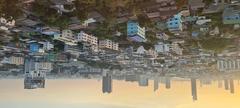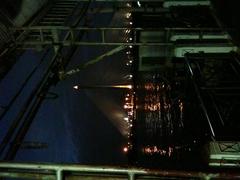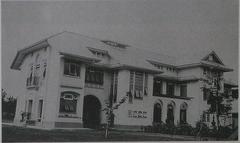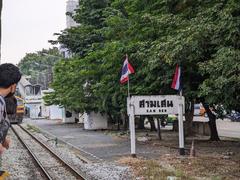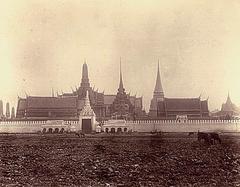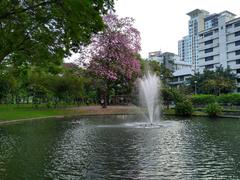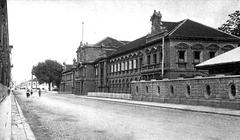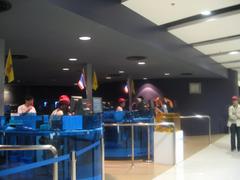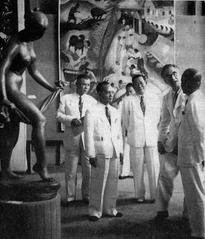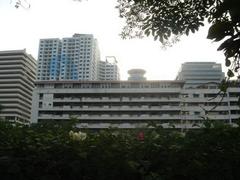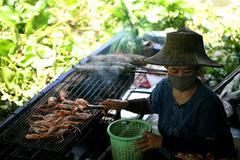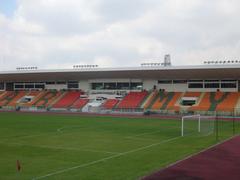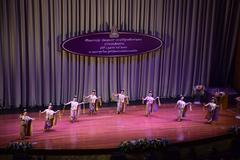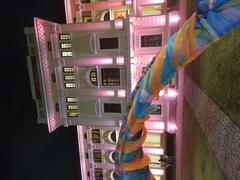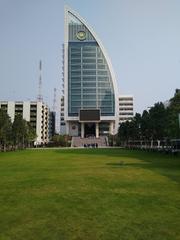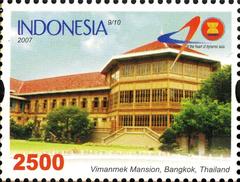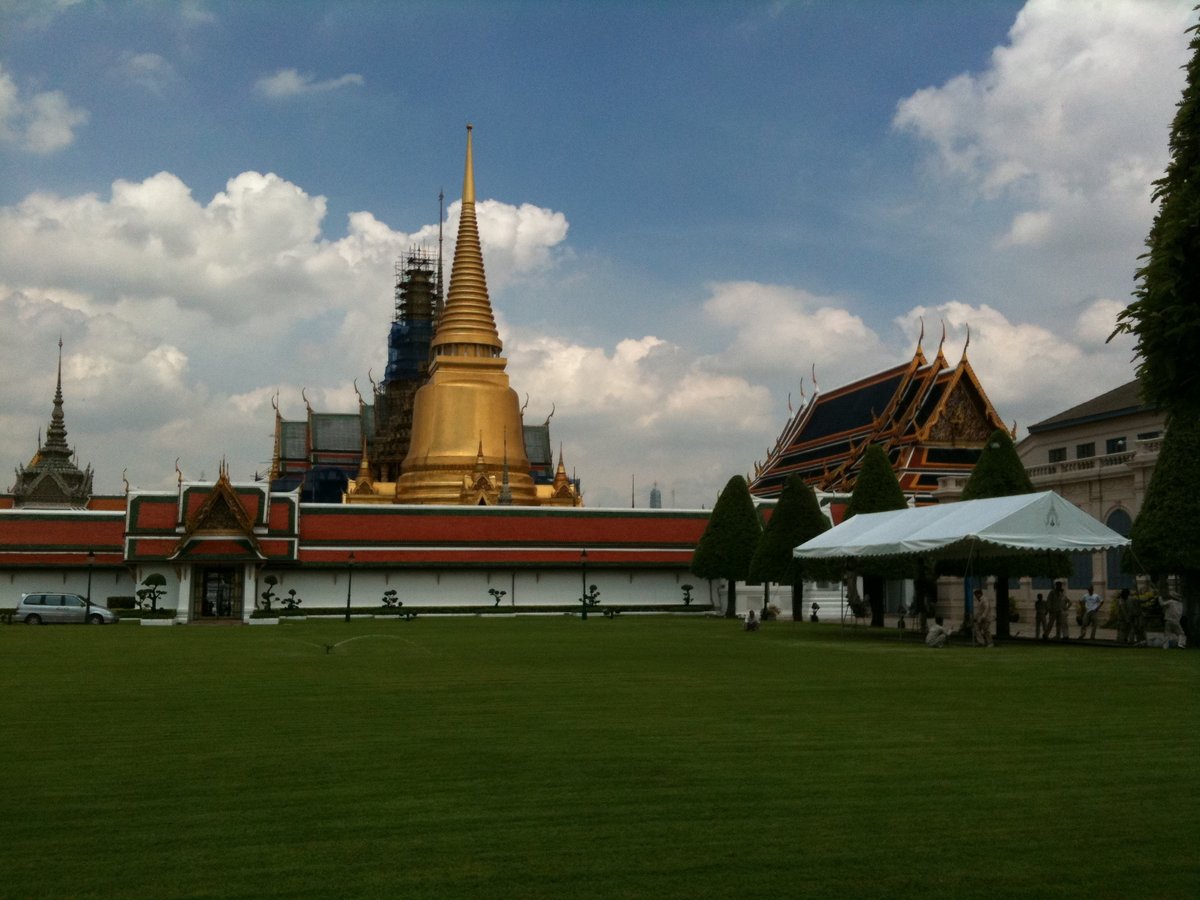
Comprehensive Guide to Visiting Wat Phra Kaew, Bangkok, Thailand
Date: 17/07/2024
Introduction
Wat Phra Sri Rattana Satsadaram, widely known as Wat Phra Kaew or the Temple of the Emerald Buddha, stands as one of Bangkok’s most iconic and revered historical sites. Nestled within the grounds of the Grand Palace, this temple complex is a testament to Thailand’s rich cultural and religious heritage. Established in 1782 by King Rama I, the founder of the Chakri Dynasty, Wat Phra Kaew was constructed to symbolize the spiritual and political heart of Thailand. The temple is renowned for its stunning architecture, which blends traditional Thai and Rattanakosin styles, and its intricate decorations, including gold leaf, colorful glass mosaics, and detailed carvings (Bangkok Post).
The centerpiece of the temple complex is the Emerald Buddha, a revered religious icon carved from jade and clothed in seasonal costumes changed three times a year by the King of Thailand. This statue, along with the temple’s ornate structures and murals depicting scenes from the Ramakien (the Thai version of the Ramayana), attracts millions of visitors annually. Wat Phra Kaew is not merely a tourist attraction but a living religious site, hosting various ceremonies and royal rituals, and serving as a symbol of Thai national pride and identity (Tourism Authority of Thailand).
This comprehensive guide aims to provide visitors with essential information on the temple’s history, cultural significance, and practical tips for a respectful and enriching visit. Whether you are a history enthusiast, a cultural explorer, or a casual traveler, this article will help you make the most of your visit to Wat Phra Sri Rattana Satsadaram.
Table of Contents
- Introduction
- History and Significance of วัดพระศรีรัตนศาสดาราม (Wat Phra Sri Rattana Satsadaram)
- Visitor Information
- Travel Tips and Nearby Attractions
- FAQ
- Conclusion
History and Significance of วัดพระศรีรัตนศาสดาราม (Wat Phra Sri Rattana Satsadaram)
Founding and Construction
Wat Phra Sri Rattana Satsadaram, commonly known as the Temple of the Emerald Buddha, is one of Thailand’s most revered temples. The temple was commissioned by King Rama I in 1782, the same year he founded Bangkok as the capital of Thailand. The construction of the temple was part of a larger effort to establish the new capital and to symbolize the continuity of the Chakri Dynasty. The temple complex was completed in 1784, and it has since undergone several renovations and restorations, particularly during the reigns of King Rama III and King Rama IV (Bangkok Post).
Architectural Significance
The architecture of Wat Phra Sri Rattana Satsadaram is a blend of traditional Thai and Rattanakosin styles. The temple complex is surrounded by a high wall, which encloses a series of courtyards, halls, and pavilions. The most significant structure within the complex is the Ubosot (ordination hall), which houses the Emerald Buddha. The Ubosot is adorned with intricate murals depicting scenes from the Ramakien, the Thai version of the Indian epic Ramayana (Tourism Authority of Thailand).
The temple’s architecture is not only a testament to Thai craftsmanship but also serves as a repository of Thai cultural and religious heritage. The use of gold leaf, colorful glass mosaics, and intricate carvings are characteristic features that make the temple a visual masterpiece.
The Emerald Buddha
The Emerald Buddha, known in Thai as Phra Kaew Morakot, is the most sacred object in Thai Buddhism. Despite its name, the statue is made of jade, not emerald. The statue is believed to have originated in India, and it has a storied history that includes stops in Sri Lanka, Cambodia, and Laos before finally arriving in Thailand in the 15th century. The statue was brought to Wat Phra Sri Rattana Satsadaram in 1784, where it has remained ever since (Encyclopaedia Britannica).
The Emerald Buddha is clothed in seasonal costumes, which are changed three times a year by the King of Thailand in a solemn ceremony. These costumes correspond to the summer, rainy, and winter seasons, and the changing of the robes is a significant event in the Thai Buddhist calendar.
Religious and Cultural Significance
Wat Phra Sri Rattana Satsadaram is not just a tourist attraction; it is a living religious site. The temple is a focal point for various religious ceremonies and royal rituals. It serves as a venue for important state functions, including the coronation of Thai monarchs. The temple complex also houses a library, known as the Ho Phra Monthien Tham, which contains important Buddhist scriptures and texts (UNESCO).
The temple’s significance extends beyond its religious functions. It is a symbol of Thai national identity and pride. The murals, sculptures, and architectural elements within the temple complex reflect the rich cultural heritage of Thailand. The temple is also a center for traditional Thai arts and crafts, with artisans working on-site to restore and maintain the intricate decorations.
Visitor Information
Dress Code
Visitors are required to dress modestly. This means no shorts, sleeveless shirts, or revealing clothing. Sarongs and shawls are available for rent at the entrance if needed (Tourism Authority of Thailand).
Opening Hours
The temple is open daily from 8:30 AM to 3:30 PM. It is advisable to visit early in the morning to avoid the crowds and the heat.
Entrance Fee
As of 2024, the entrance fee for foreign tourists is 500 Thai Baht. This fee includes access to the Grand Palace, which is adjacent to the temple complex (Royal Grand Palace).
Guided Tours
Guided tours are available and highly recommended for those who wish to gain a deeper understanding of the temple’s history and significance. Audio guides are also available in multiple languages.
Photography
Photography is allowed in the temple complex, but it is prohibited inside the Ubosot where the Emerald Buddha is housed.
Respectful Behavior
As a sacred site, visitors are expected to behave respectfully. This includes speaking in low tones, not touching religious artifacts, and following the instructions of temple staff.
Travel Tips and Nearby Attractions
Travel Tips
Consider using public transportation to get to the temple, as parking can be limited. The nearest BTS Skytrain station is Saphan Taksin, from where you can take a ferry to Tha Chang Pier, a short walk from the temple.
Nearby Attractions
- Grand Palace: Adjacent to the temple, the Grand Palace has been the official residence of the Kings of Siam since 1782.
- Wat Pho (Temple of the Reclining Buddha): Located just a short walk away, Wat Pho is famous for its giant reclining Buddha and traditional Thai massage school.
- Wat Arun (Temple of Dawn): Located across the Chao Phraya River, Wat Arun is renowned for its stunning riverside location and unique architectural style.
Accessibility
The temple complex is generally accessible to visitors with disabilities, but some areas may be challenging to navigate due to stairs and uneven surfaces.
Special Events
Check the temple’s official website or local tourism boards for information on special events and ceremonies that might coincide with your visit.
FAQ
- What are the opening hours of Wat Phra Sri Rattana Satsadaram? The temple is open daily from 8:30 AM to 3:30 PM.
- How much are the tickets for Wat Phra Sri Rattana Satsadaram? As of 2024, the entrance fee for foreign tourists is 500 Thai Baht.
- Can you take photographs inside the temple? Photography is allowed in the temple complex but is prohibited inside the Ubosot where the Emerald Buddha is housed.
Conclusion
Visiting Wat Phra Sri Rattana Satsadaram offers a unique glimpse into Thailand’s rich cultural and religious heritage. By following the visitor tips and guidelines provided, you can ensure a respectful and enriching experience. Make sure to explore nearby attractions and check out special events to make the most of your visit. For more travel guides and updates, follow us on social media or download our mobile app Audiala (UNESCO).
Whether you’re drawn by the architectural beauty, the historical significance, or the spiritual ambiance, Wat Phra Sri Rattana Satsadaram promises to be a highlight of your visit to Bangkok. Make sure to check for special events and guided tours to enhance your experience and gain deeper insights into this remarkable site. For more travel guides and updates, follow us on social media or download our mobile app Audiala. Enjoy your journey through one of Thailand’s most treasured landmarks.
References
- Bangkok Post. Wat Phra Sri Rattana Satsadaram source
- Tourism Authority of Thailand. Wat Phra Kaew source
- Encyclopaedia Britannica. Wat Phra Sri Rattana Satsadaram source
- UNESCO. Wat Phra Sri Rattana Satsadaram source
- Renown Travel. Wat Phra Kaew source
- Royal Grand Palace. Practical Information source
